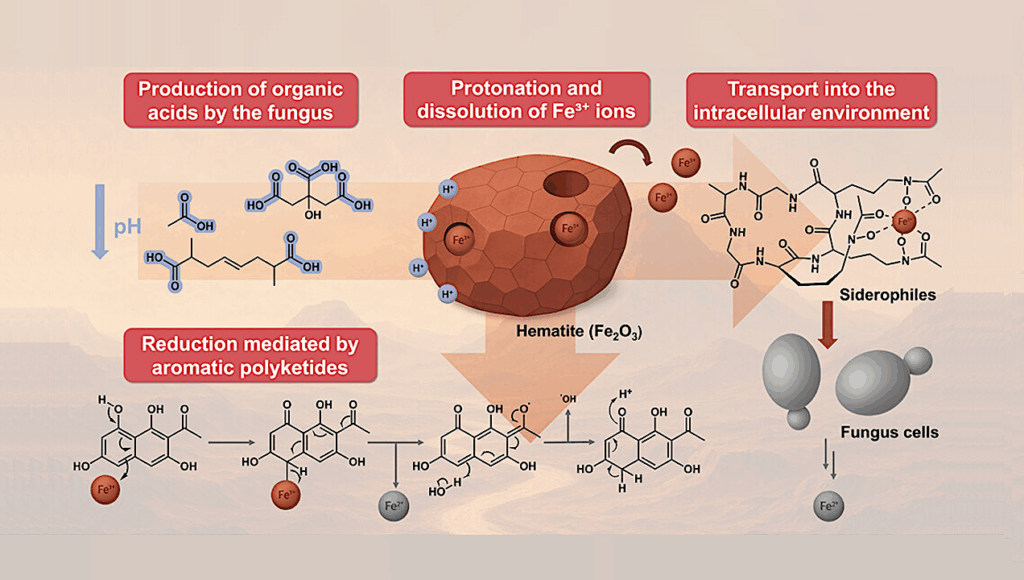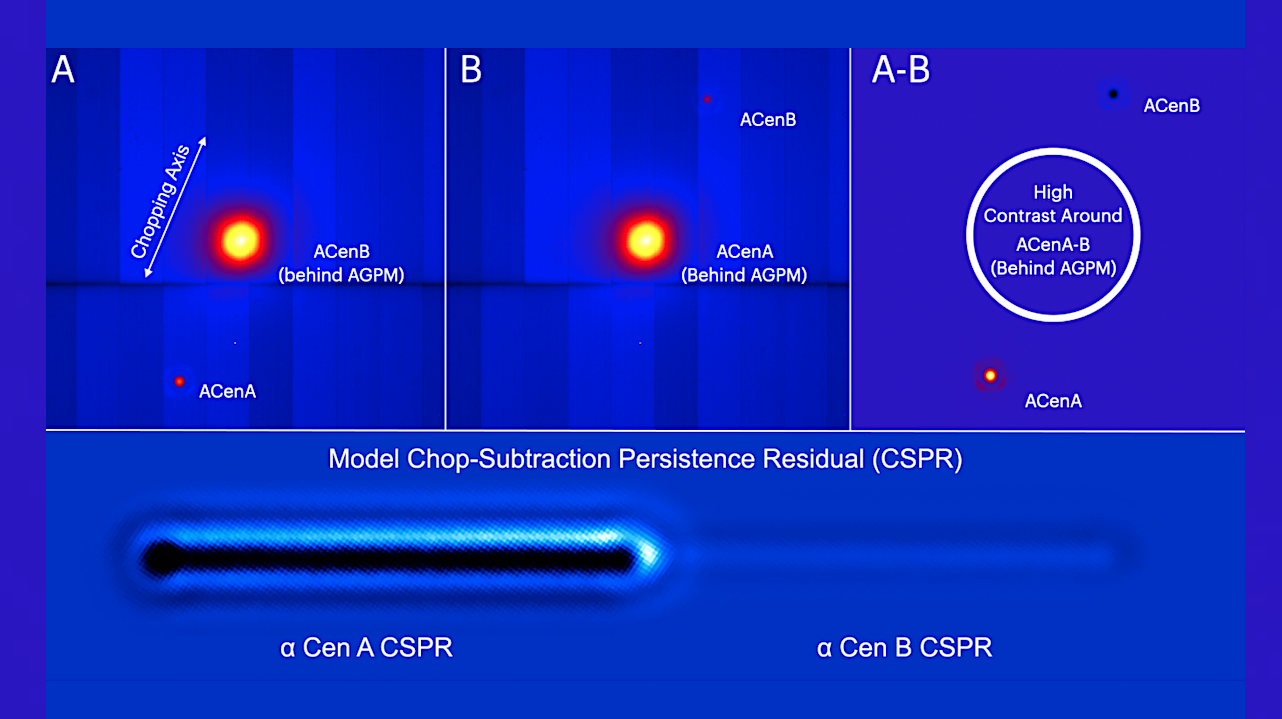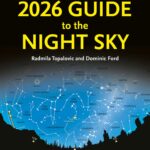Now Reading: Near Space Microbiology: Curtobacterium aetherium Discovered In Earth’s Stratosphere
-
01
Near Space Microbiology: Curtobacterium aetherium Discovered In Earth’s Stratosphere
Near Space Microbiology: Curtobacterium aetherium Discovered In Earth’s Stratosphere


Earth’s stratosphere — NASA
Although the high-altitude limit for microbial survival in the Earth–atmosphere system has remained a scientific curiosity and topic of study, the ecological significance of long-distance microbial dispersal in the atmosphere has been perceived to have marginal relevance.
Here, we report the characterization of novel plant pathogenic species of Curtobacterium that were isolated from samples collected at altitudes ranging from 1.5 to 29 km above sea level. Whole genome-based phylogenies of three strains, paired with plant challenge assays, indicate that each is a previously unrecognized species and causes disease on beans comparable to Curtobacterium flaccumfaciens.
Isolates from the stratosphere (strain L6-1) and agricultural millet (G77) were identified to be the same species and designated as Curtobacterium aetherium sp. nov. C. aetherium displays high levels of tolerance to desiccation and UV radiation, which are stresses that increase in intensity with altitude.
Back trajectory air mass analysis implied that the phytopathogens may have had an intercontinental source, but regional origins in the continental US cannot be excluded. The environmentally robust phytopathogens we have documented in the upper atmosphere provide new perspective on the role that high-altitude transport may play in microbial dispersal, gene flow, and the epidemiology of aerially dispersed plant disease.
Curtobacterium aetherium sp. nov., a polyextremophilic plant pathogen isolated from the stratosphere, Microbiology Spectrum via PubMed
Astrobiology,
Stay Informed With the Latest & Most Important News
-
 01From Polymerization-Enabled Folding and Assembly to Chemical Evolution: Key Processes for Emergence of Functional Polymers in the Origin of Life
01From Polymerization-Enabled Folding and Assembly to Chemical Evolution: Key Processes for Emergence of Functional Polymers in the Origin of Life -
 02Panasonic Leica Summilux DG 15mm f/1.7 ASPH review
02Panasonic Leica Summilux DG 15mm f/1.7 ASPH review -
 03How New NASA, India Earth Satellite NISAR Will See Earth
03How New NASA, India Earth Satellite NISAR Will See Earth -
 04And Thus Begins A New Year For Life On Earth
04And Thus Begins A New Year For Life On Earth -
 05Astronomy Activation Ambassadors: A New Era
05Astronomy Activation Ambassadors: A New Era -
06SpaceX launch surge helps set new global launch record in 2024
-
 07Two Black Holes Observed Circling Each Other for the First Time
07Two Black Holes Observed Circling Each Other for the First Time





















